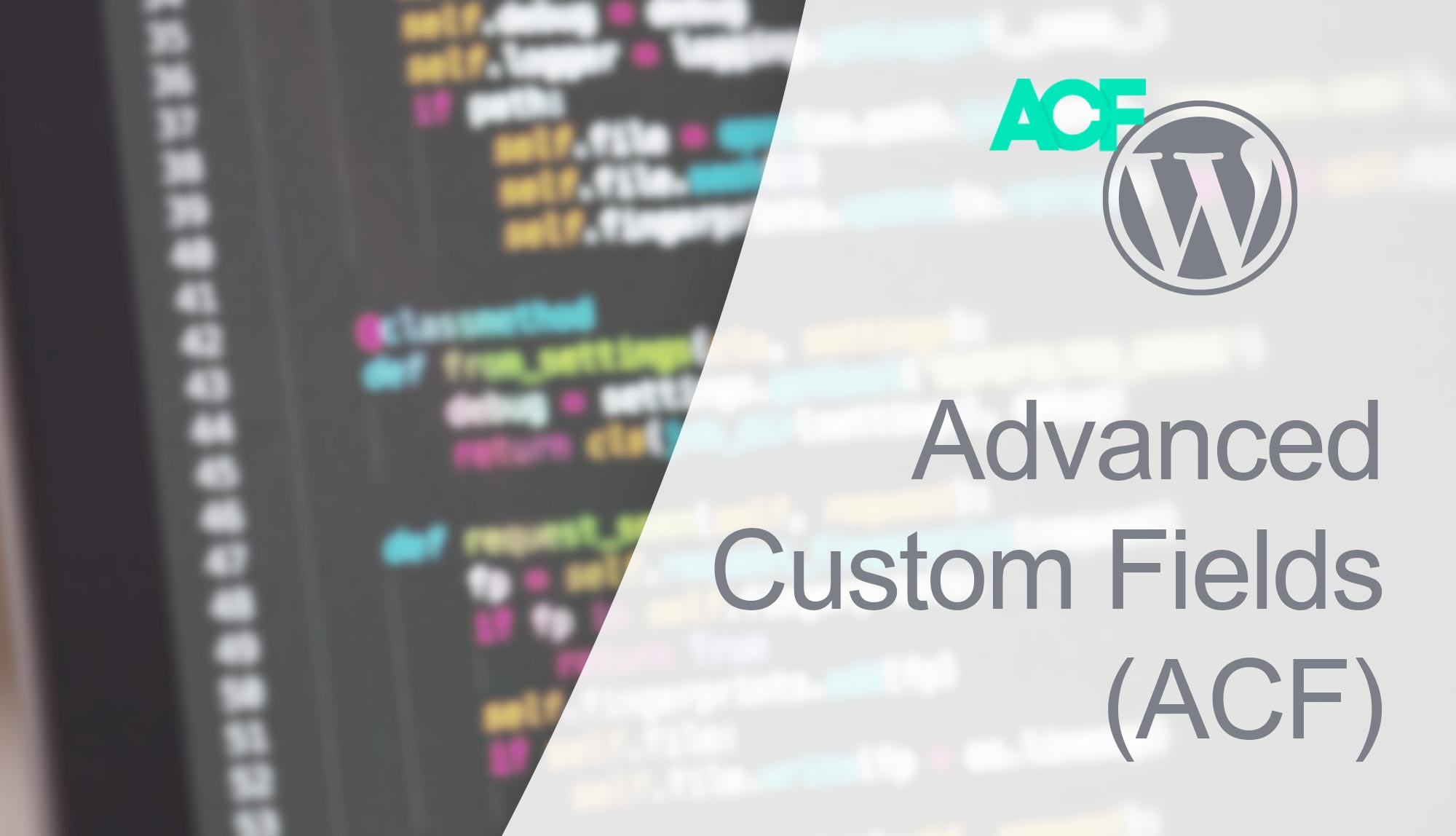How to Translate custom Gutenberg Blocks with block.json
In the previous post I wrote a guide in how to create custom Gutenberg blocks with block.json. As a follow-up, this is a guide in how to handle translation of your block using this method. With older methods we would use wp_set_script_translations() in order to set translated strings to a block – as detailed in […]









